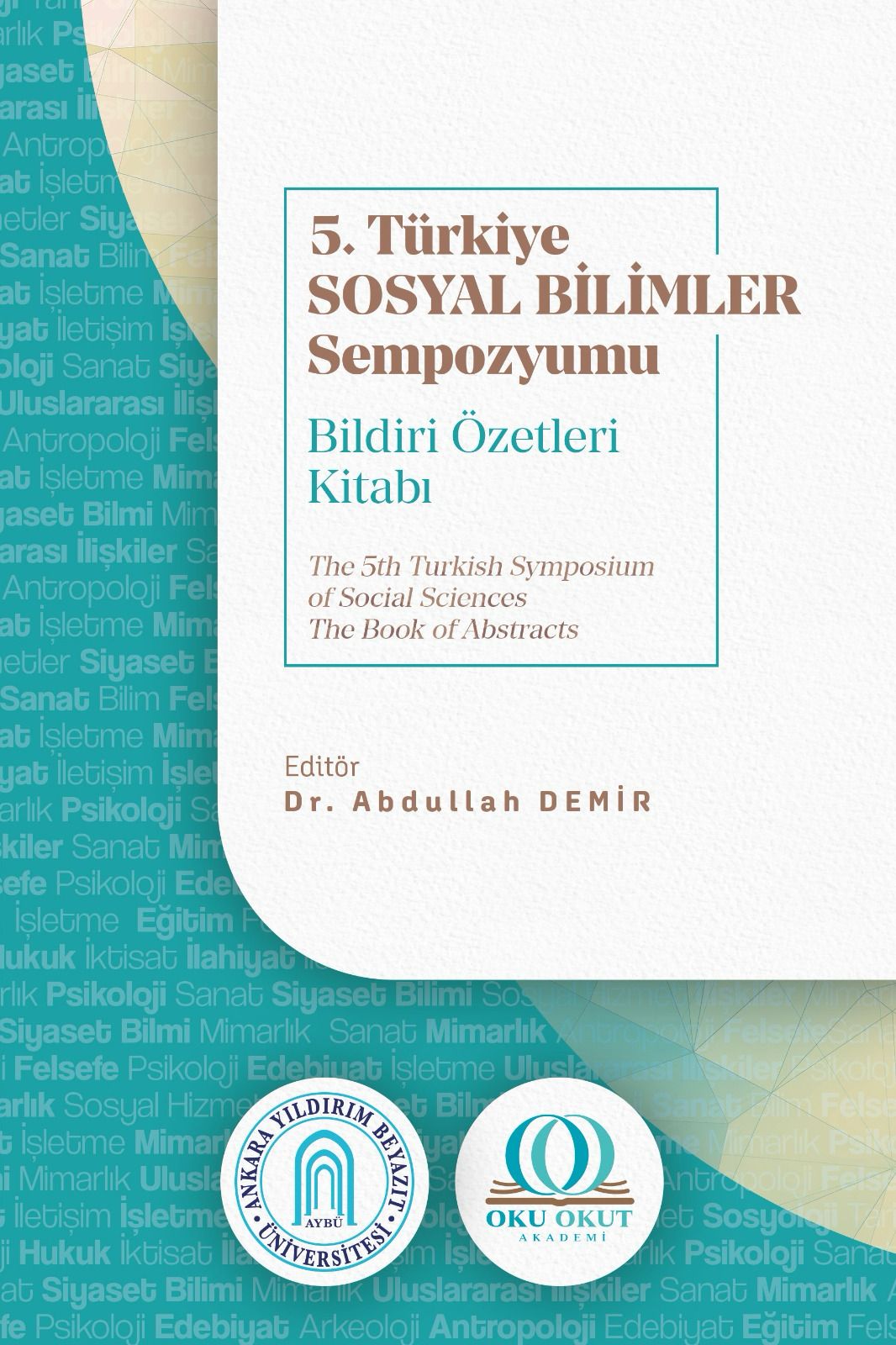Interpreting the Commentary and Gloss Tradition in the Context of Avicenna’s Qaṣīdat al-ʿAyniyya
Interpreting the Commentary and Gloss Tradition in the Context of Avicenna’s Qaṣīdat al-ʿAyniyya
This study critically addresses the debates on the originality of the history of Islamic philosophy, which has frequently been exposed to orientalist discourse and, in connection with this, to a language of denigration and suspicion. Moreover, it argues that the proper scholarly method to refute these claims is to conduct a direct and combined analysis of primary and secondary sources. Within Islamic thought, commentary (sharḥ) and gloss (ḥāshiya) texts constitute one of the most important aspects of the manuscript tradition. They represent not only a commentary tradition, but also serve as an epistemic body of evidence showing how philosophical ideas circulated across different locales, including Khurāsān, Cairo, Damascus, al-Andalus, Baghdad, Samarqand, Najaf, Istanbul, Erzurum, and Kastamonu, were reproduced in new contexts, and consolidated in various intellectual settings. In this context, Avicenna’s Qaṣīdat al-ʿAyniyya (which appears in some manuscript copies under titles such as Qaṣīdat al-Rūḥ, Qaṣīdat al-Waraqiyya, Qaṣīdat al-Nafsiyya, or Rūḥāniyya) has been taken as an exemplary text in terms of both its content and its position within the commentary-gloss tradition. In this study, the existing manuscripts of the Qaṣīdat al-ʿAyniyya have been identified through different library catalogues. For each manuscript, bibliographic details, author or copyist attributions (nisba), dates of transcription (istinsākh), and the opening lines (incipit) have been compared and determined. In this way, the temporal and geographical circulation of the text has been systematically traced and demonstrated. The methodology of the research is based on a systematic literature analysis approach in order to show the role of the commentary and gloss tradition in ensuring intellectual continuity. This approach examines primary manuscript sources both in terms of their content and from a textual criticism perspective, while also comprehensively evaluating the debates in modern secondary literature. As a result, answers have been provided to questions regarding how the Qaṣīdat al-ʿAyniyya found its place within the commentary and gloss tradition, in which regions these manuscripts were copied (istinsākh), and by whom they were commented on and annotated. Against the accusations concerning the lack of originality in Islamic philosophy, a strong academic foundation has thus been established by allowing these texts to ‘speak for themselves’. In this way, the intellectual trajectories sustained by these texts over centuries and how these trajectories provided continuity within the philosophical sphere have been clearly revealed.
Bu çalışma, İslam Felsefesi tarihinin oryantalist literatürde sıkça maruz kaldığı özgünlük tartışmalarını ve bununla bağlantılı olarak bir tür tahkir ve töhmet dilini eleştirel bir çerçevede ele almaktadır. Ayrıca bu ithamları çürütebilmenin ilmî usûlünün, birincil ve ikincil kaynakların birlikte ve doğrudan analiz edilmesi gerektiği tezini savunmaktadır. İslam düşüncesinde metin geleneğinin en önemli unsurlarından biri olan şerh-haşiye türü metinler, sadece bir yorum geleneği değil, aynı zamanda düşüncenin Horasan, Kahire, Şam, Endülüs, Bağdat, Semerkand, Necef, İstanbul, Erzurum, Kastamonu gibi farklı mekanlardaki dolaşımını yeni bağlamlarda yeniden üretilişini ve farklı ilmi muhitlerde nasıl tahkim edildiğini gösteren önemli birer kanıttır. Bu bağlamda, İbn Sînâ’nın Kasîdetü’l-Ayniyye (ve bazı nüshalarda Kasîdetü’r-Rûh, Kasîdetü’l-Verâkiye, Kasîdetü’n-Nefsiyye, Rûhâniyye gibi isimlerle kaydedilen) risalesi, hem içerik hem de şerh-haşiye literatürü açısından örnek bir metin olarak ele alınmaktadır. Çalışmada, risalenin mevcut yazmaları farklı kütüphane kataloglarından tespit edilerek, her bir yazmanın künye bilgileri, müellif veya müstensih nisbetleri, istinsah tarihleri ve ilk satırları (incipit) karşılaştırmalı şekilde izah edilmiştir. Böylece metnin zamansal ve mekânsal dolaşımı sistematik olarak izlenebilmiştir. Araştırmanın yöntemi, şerh ve haşiye geleneğinin İslam Felsefesinin sürekliliğindeki rolünü göstermek amacıyla sistematik literatür analizi yaklaşımına dayandırılmaktadır. Bu yöntem, birincil yazma kaynaklarını hem içerik düzeyinde hem de metin tenkidi perspektifiyle incelerken, aynı zamanda modern ikincil literatürdeki tartışmaları da kapsamlı biçimde ele almaktadır. Bu sayede, Kasîdetü’l-Ayniyye risalesinin şerh ve haşiye geleneği içinde nasıl yer bulduğu, bu metinlerin hangi coğrafyalarda istinsah edildiği, kimler tarafından şerh ve haşiye edildiği sorularına cevap aranmıştır. İslam Felsefesinin özgünlüğüne dair ithamlara karşı bu metinlerin bizzat konuşturulması yoluyla güçlü bir akademik zemin oluşturulmuştur. Böylece, metinlerin yüzyıllar boyunca devam ettirdikleri ilmi miras ve bunların düşünce dünyasında nasıl bir süreklilik sağladığı gösterilmeye çalışılmıştır.

Telif Hakkı (c) 2025 İrfan Karadeniz (Yazar)
Bu çalışma Creative Commons Attribution-NonCommercial 4.0 International License ile lisanslanmıştır.
CC BY-NC 4.0 lisansı, eserin ticari kullanım dışında, her türlü ortam ve formatta paylaşılmasına, kopyalanmasına, çoğaltılmasına ve orijinal esere uygun şekilde atıfta bulunmak kaydıyla yeniden düzenlenmesine, dönüştürülmesine ve eser üzerine inşa edilmesine izin verir.
Makale Bilgileri
- Konu İslam Felsefesi
- Gönderim 2 Temmuz 2025
- Kabul 22 Temmuz 2025
- Yayım 29 Kasım 2025
- Sayı 5. Türkiye Sosyal Bilimler Sempozyumu
- Bildiri Bilim Alanı İslam Felsefesi
Karadeniz, İrfan. “Interpreting the Commentary and Gloss Tradition in the Context of Avicenna’s Qaṣīdat Al-ʿAyniyya”. Türkiye Sosyal Bilimler Sempozyumu 5 (November 29, 2025). https://doi.org/10.55709/tsbsdergisi.679






